This is a piece I had been working on in spare moments for future publication, but with the death of Andrea Camilleri yesterday, it seemed appropriate to complete and publish it, with more emphasis on “Il Commissario Montalbano” than I originally intended.
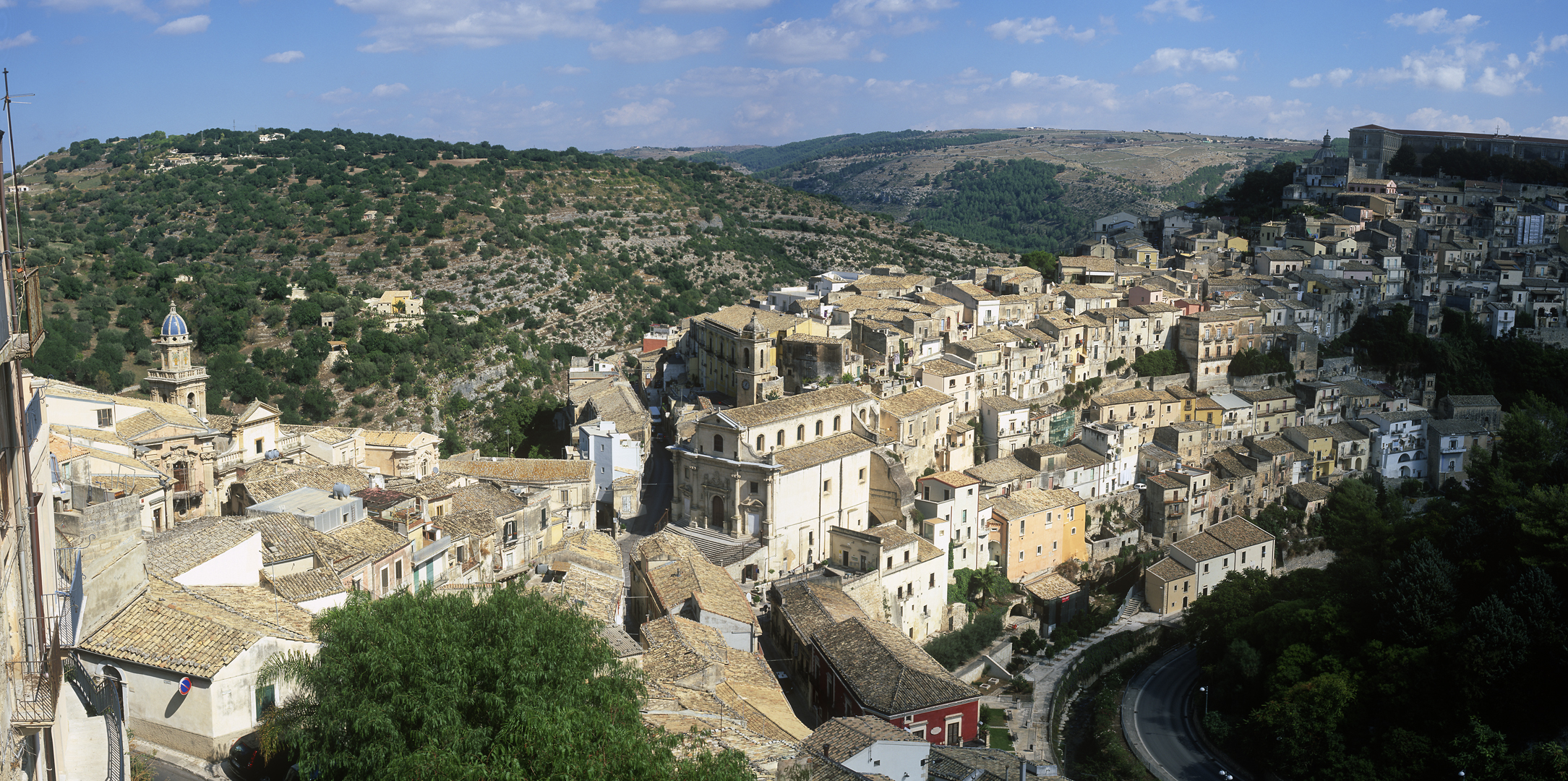
The southeastern corner of Sicily feels quite unlike the northwestern. There are a few reasons for this. The first thing you notice as you get into the area is that the roads are in much better condition, which I put down to healthier local government finances, but also less maintenance money lost to mafia corruption. Then there is the landscape. As you saw in my post on The Wild West of Sicily, in the northwest it is gaunt and spectacular. In the southeast it is softer, with rolling hills running down to the sea, cut by deep valleys. Drystone walls separate the fields, and large carob trees provide shade.
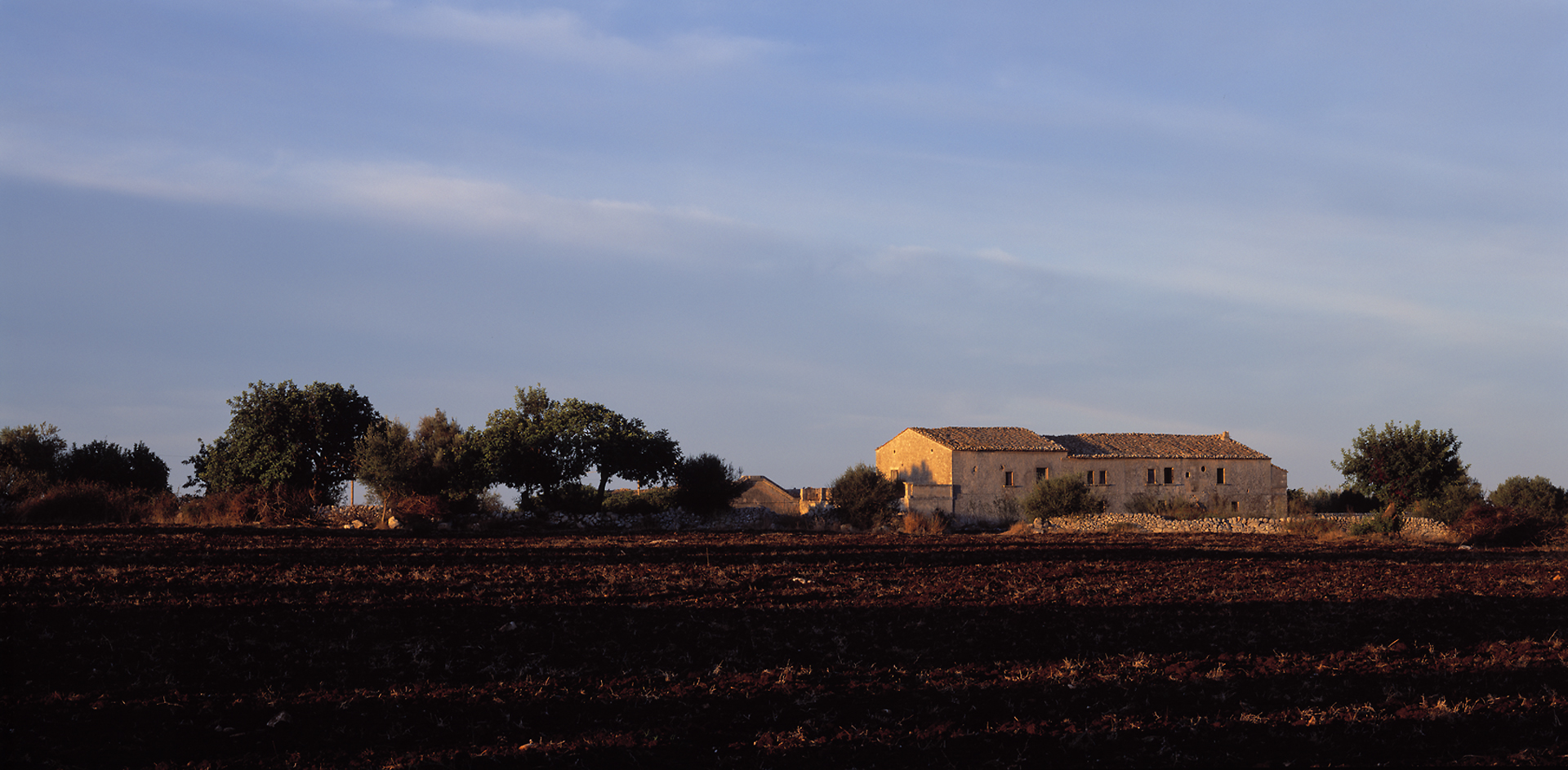
But the biggest difference is the architecture. While the northwest is a glorious jumble of styles and ages, the southeast is curiously homogenous. Everything is baroque.
The reason is that in 1693 a huge earthquake destroyed pretty much everything in a lot of towns, and the subsequent rebuilding was necessarily in a similar style. What is more, the local sandstone is soft and easily carved, so the decorative tastes of the rococo era were easily indulged, even on relatively humble buildings. The effect of all this is anything but boring, and despite a general prejudice against Italian baroque architecture, I found it rather fetching.
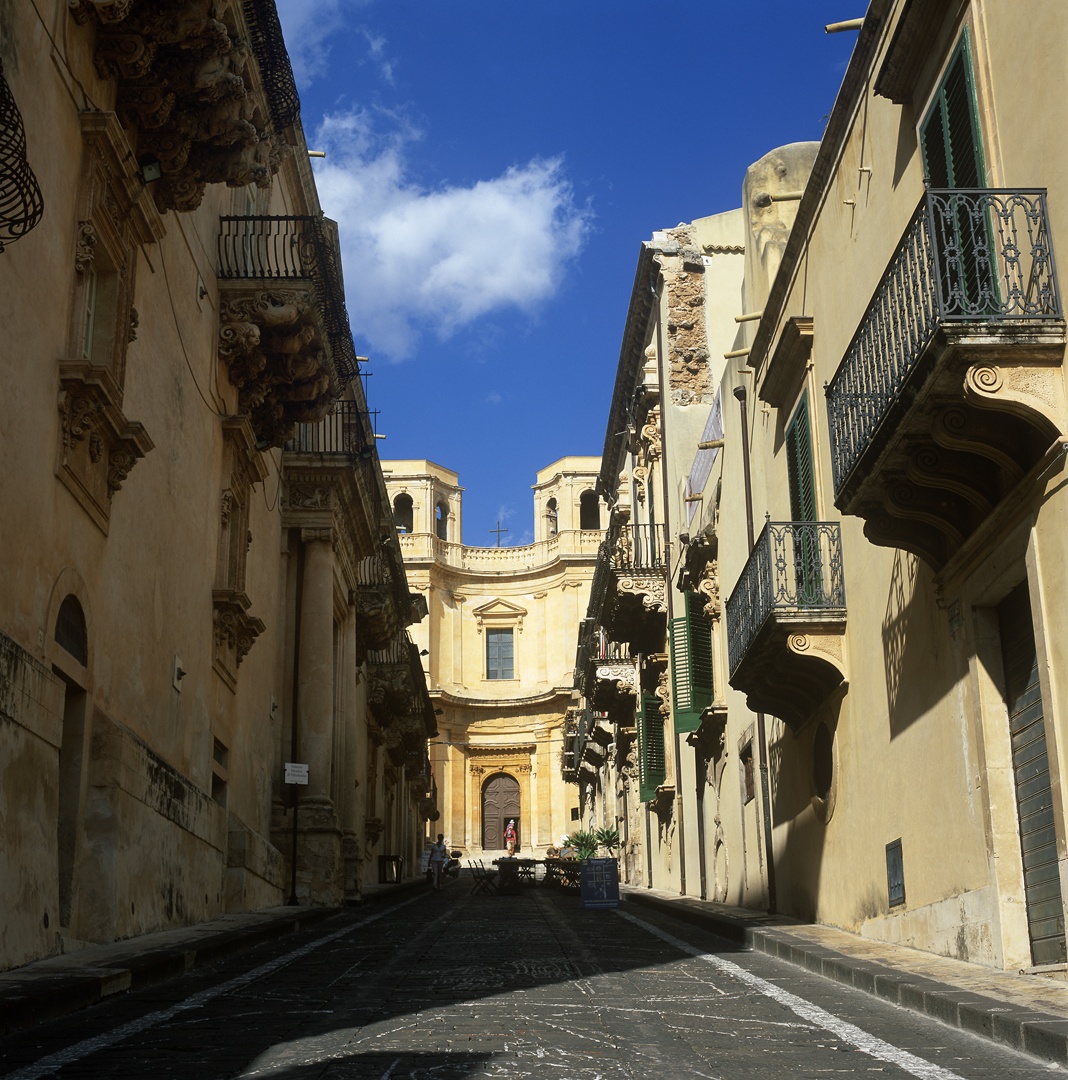
Probably my main complaint about Italian baroque architecture is the number of times lovely medieval churches with historic artworks were tastelessly “modernised” after the Council of Trent, especially in the Papal States. In this part of Sicily, that charge of vandalism cannot be sustained, because the destruction wrought by the earthquake meant that there was very little left to preserve.
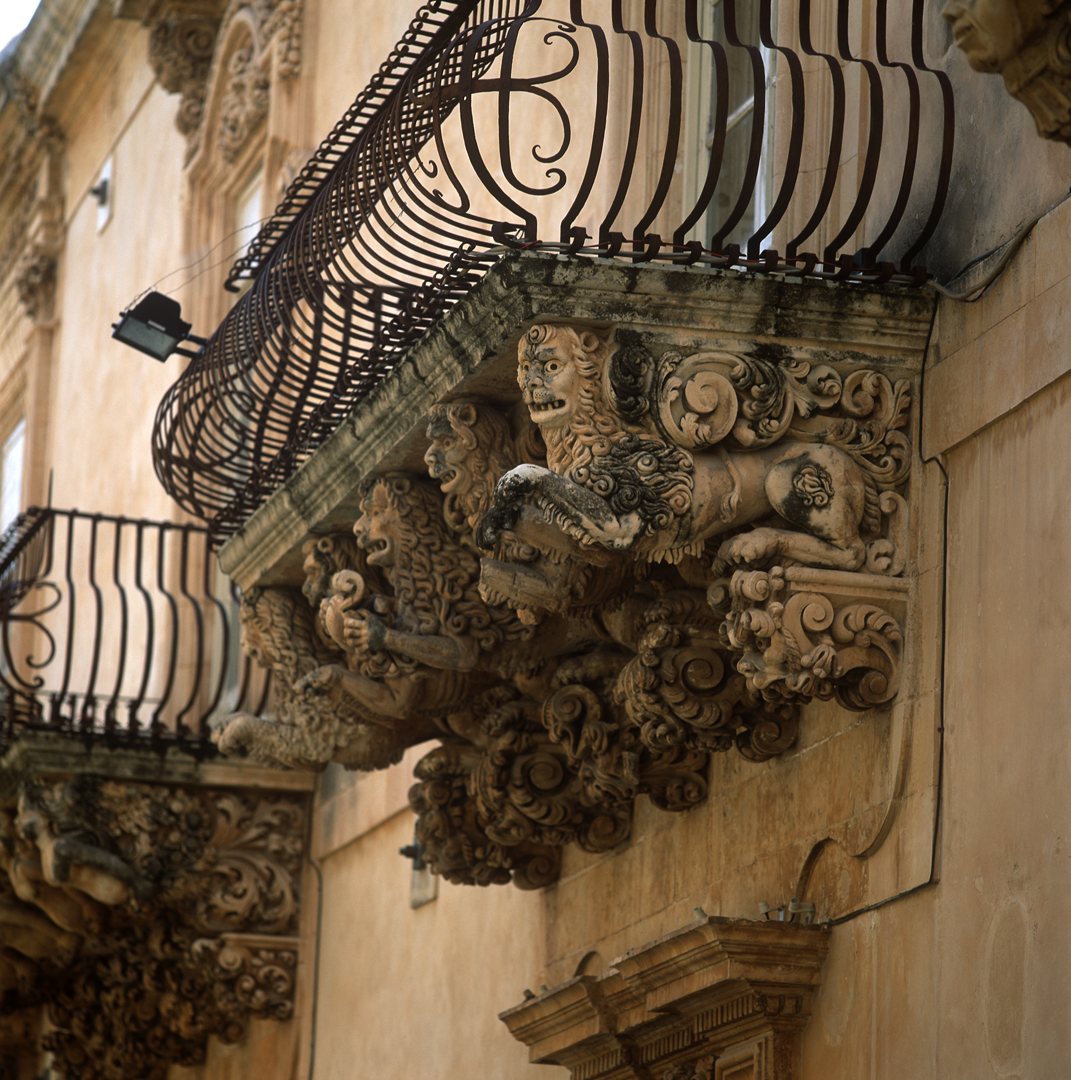
We were staying just outside a town called Ragusa, which we had chosen because it features in one of our favourite Italian television programs – “Il Commissario Montalbano” (Inspector Montalbano). This is based on the crime writing of the author Andrea Camilleri[1], and stars an actor called Luca Zingaretti. (Edit: at the time of writing, the current leader of the main centre-left political party, the PDI, was Zingaretti’s brother Nicola, who looks a lot like him, making political reports on the news a bit disconcerting.)
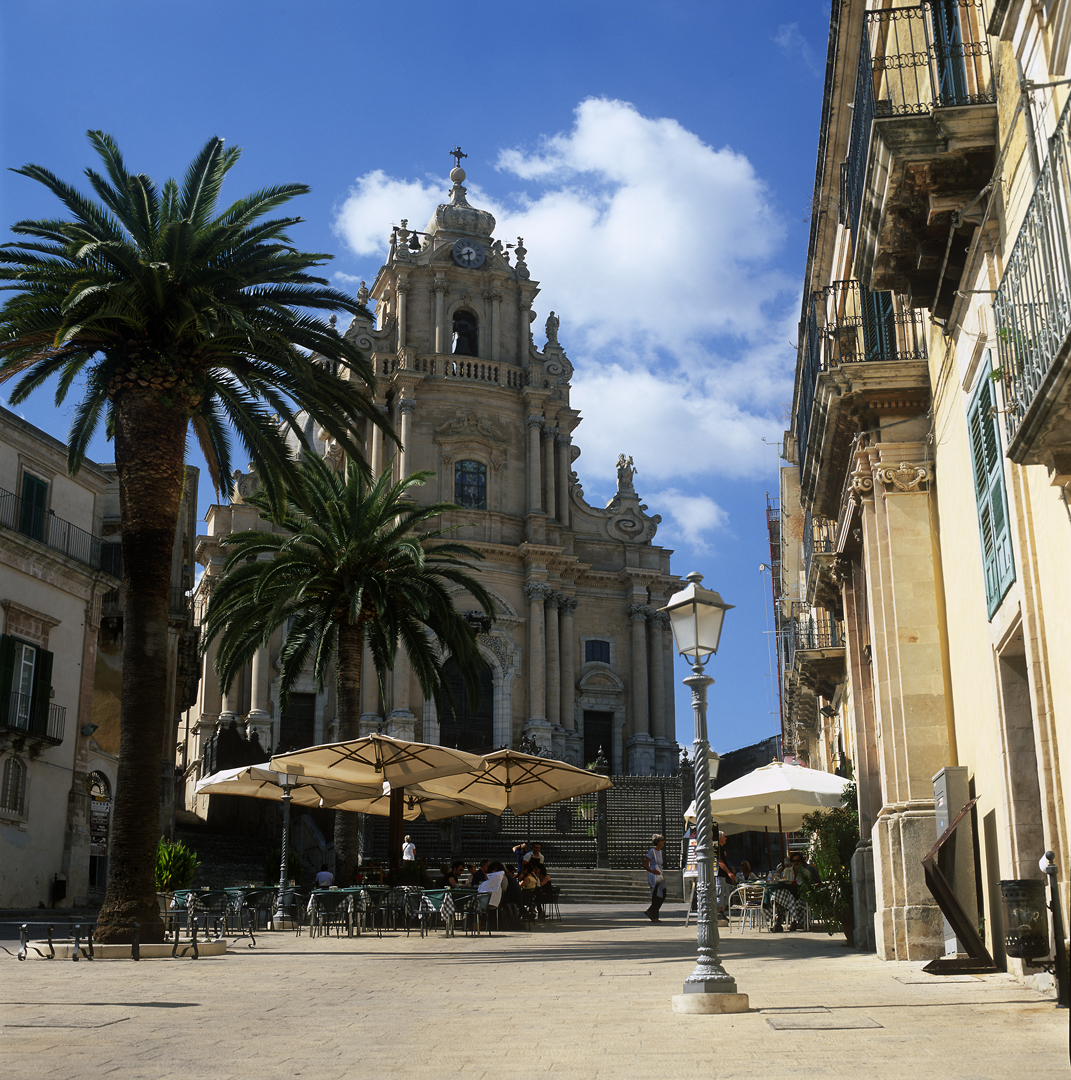
If you haven’t made the acquaintance of Commissario Montalbano on screen, I recommend it. The stories are good, the acting of the principal characters is excellent, and that of the minor characters (recruited from Sicilian amateur dramatic societies, we suspect) is engagingly hammy. The stories are set in the fictional town of Vigata, which, due to the magic of editing, is made up of the most scenic bits of Ragusa and half a dozen towns around it, with occasional visits elsewhere in Sicily. Many of the indoor scenes were apparently shot in Rome during the winter months. You can get DVDs with English subtitles, at least in Australia.
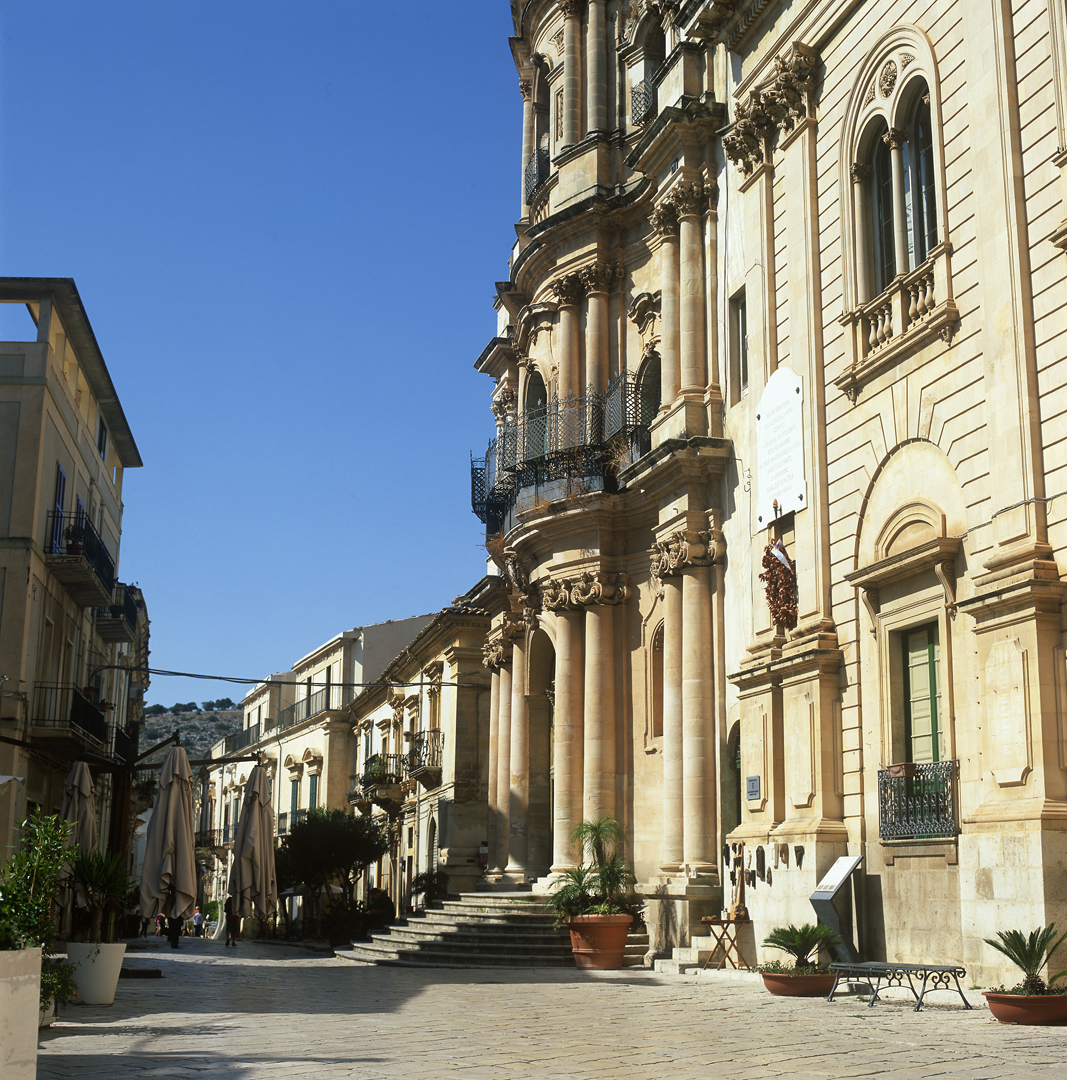
The region has been understandably quick to cash in on the popularity of the TV show. You can buy tourist brochures with guides (or take guided tours) to the major locations, and when you get there, restaurants tend to have photos on the walls recording the time when a scene was filmed there, or the cast ate there.
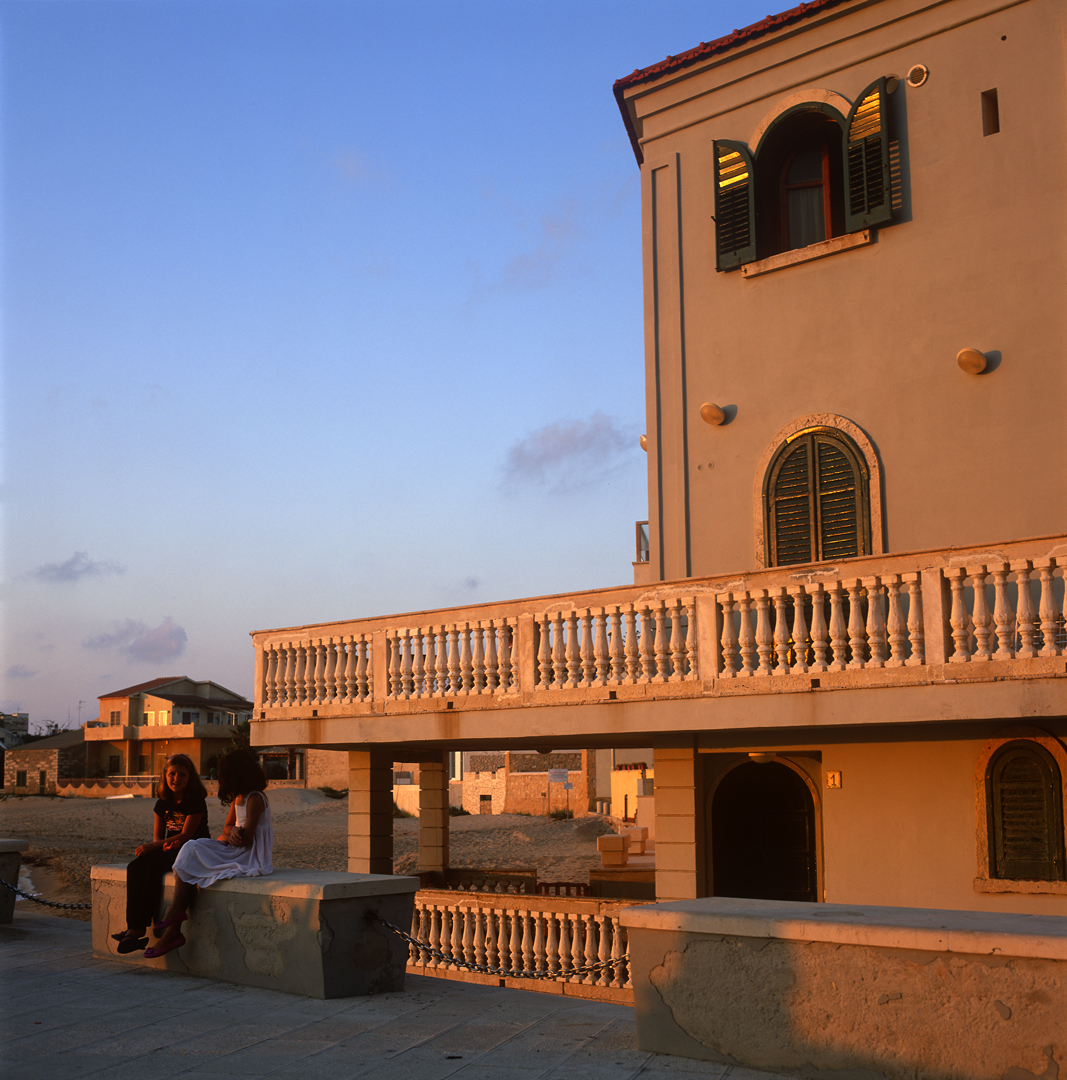
We were staying in an agriturismo between Ragusa and the coast, and when I mentioned our Montalbano enthusiasm to the proprietor he took me to see an old farm building on the property which had been used as a location. It is one of the more distant buildings in the picture below.
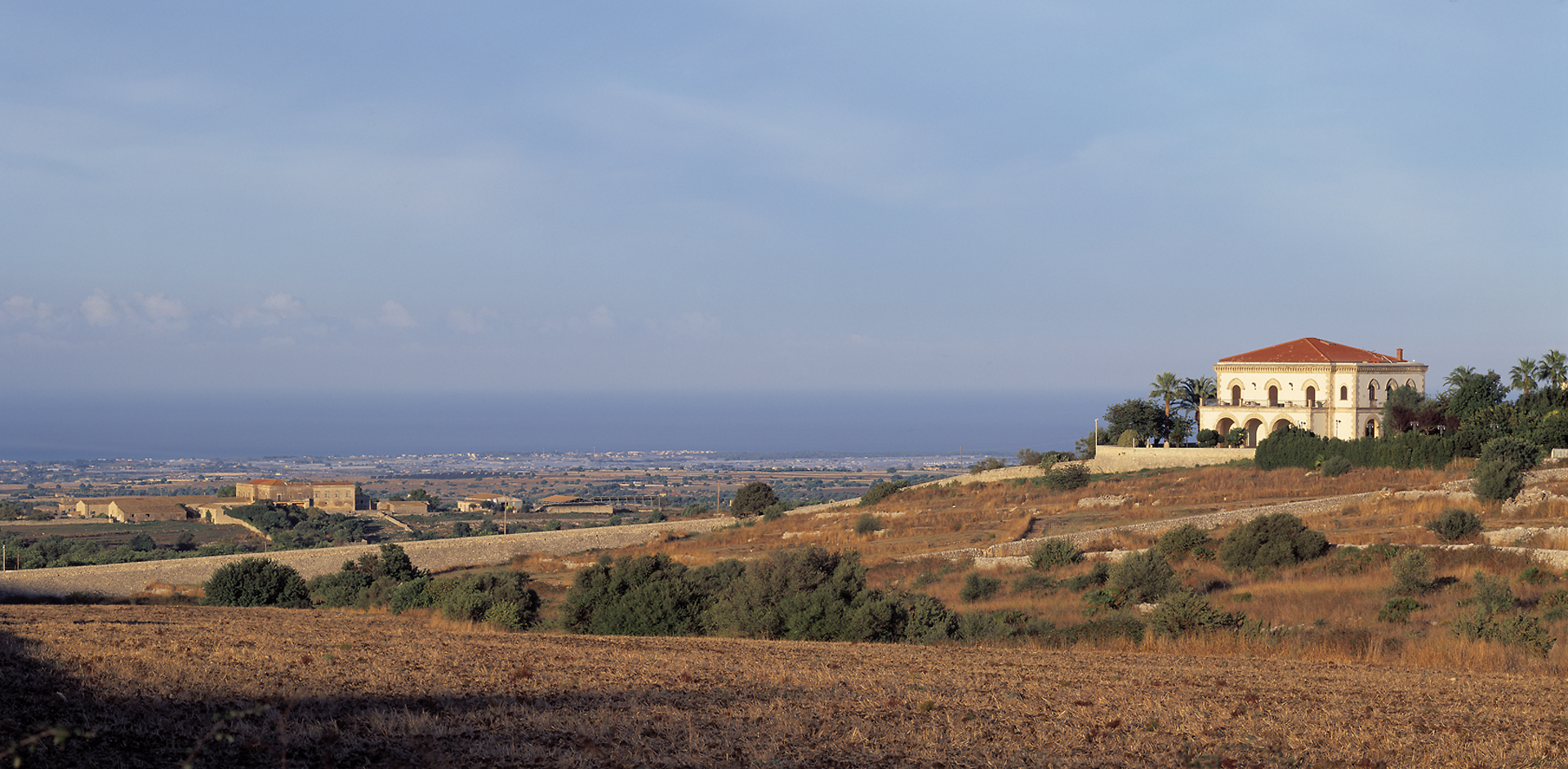
The country roads are rather narrow and winding here so photo opportunities tend to be dictated as much by whether it is possible to stop anywhere close as by what there is to see. Early one morning I was pottering about beside the road contemplating a picture of an old ruined farmhouse when a little old Fiat stopped beside me, and out got a little old Sicilian couple. They politely enquired whether I was hunting (it was hunting season and you occasionally heard shots in the mornings). My camera gear was still packed away so it could conceivably have been weapons of some kind. I replied that I was hunting for good photographs – it is never a wise thing to attempt jokes with an imperfect command of the language but on this occasion I appeared to have got away with it. It turned out that the old gentleman was the proprietor of the farm, and he and his wife had spotted me (or maybe a passing driver had tipped them off) and they had come out to see what I was up to, in case I was planning to hunt on their land, or even worse, might have been a tax inspector. I explained that I was an Australian tourist and my hobby was taking photographs. Once that was established, all was well.
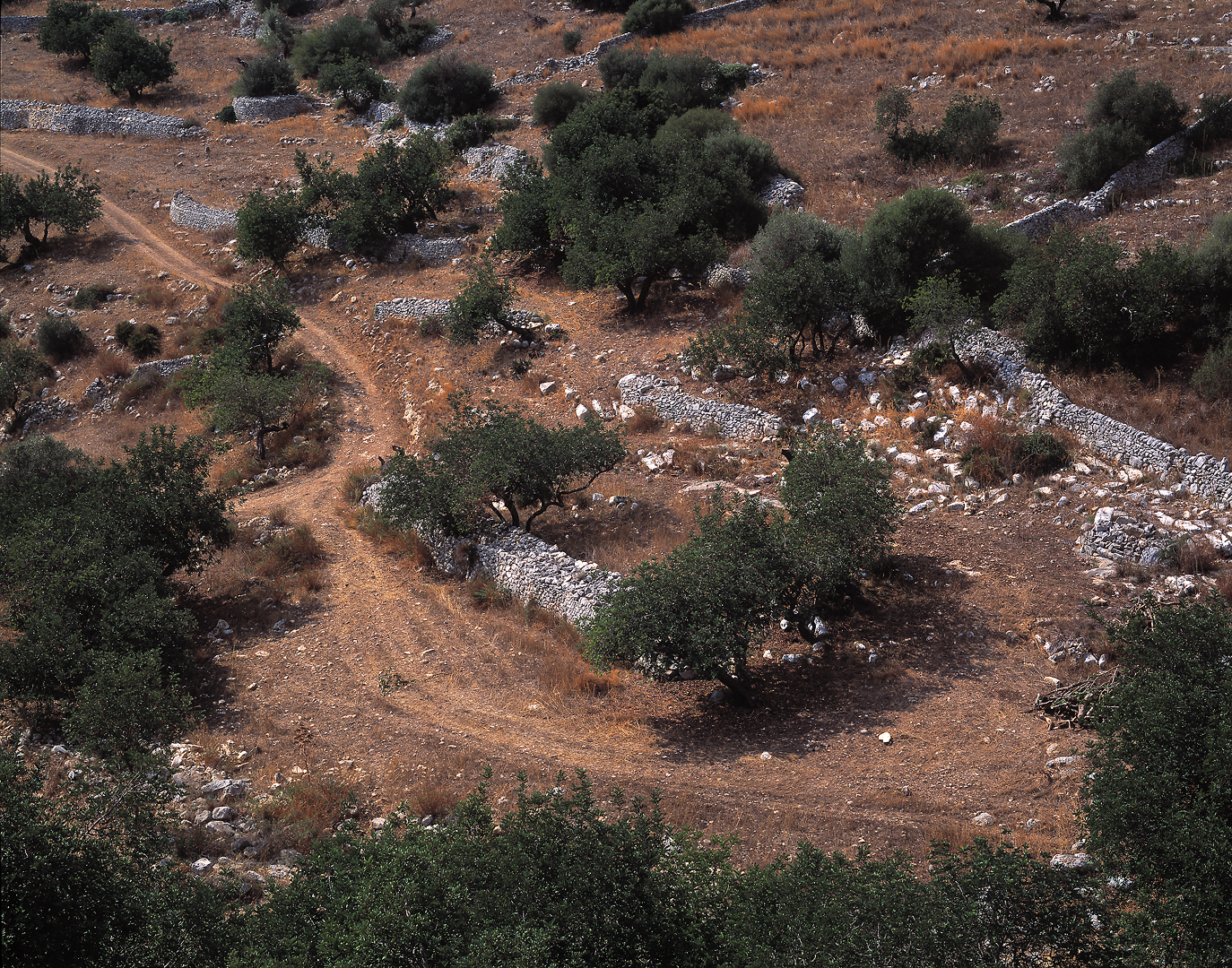
Near Ragusa is a town called Modica, sitting in a deep valley spanned by a modern road bridge, which features in the opening credits of the show, as does the town’s cathedral. The main reason we went there, however, was to try its famous chocolate. But this is not just any old chocolate. This is chocolate as it was made hundreds of years ago when cocoa was first brought back from the new world. Sicily then was under Spanish rule so it is not particularly surprising that things that were happening in Spain also happened here. And it is a bit Sicilian too that once they started doing it they saw no reason to change anything.
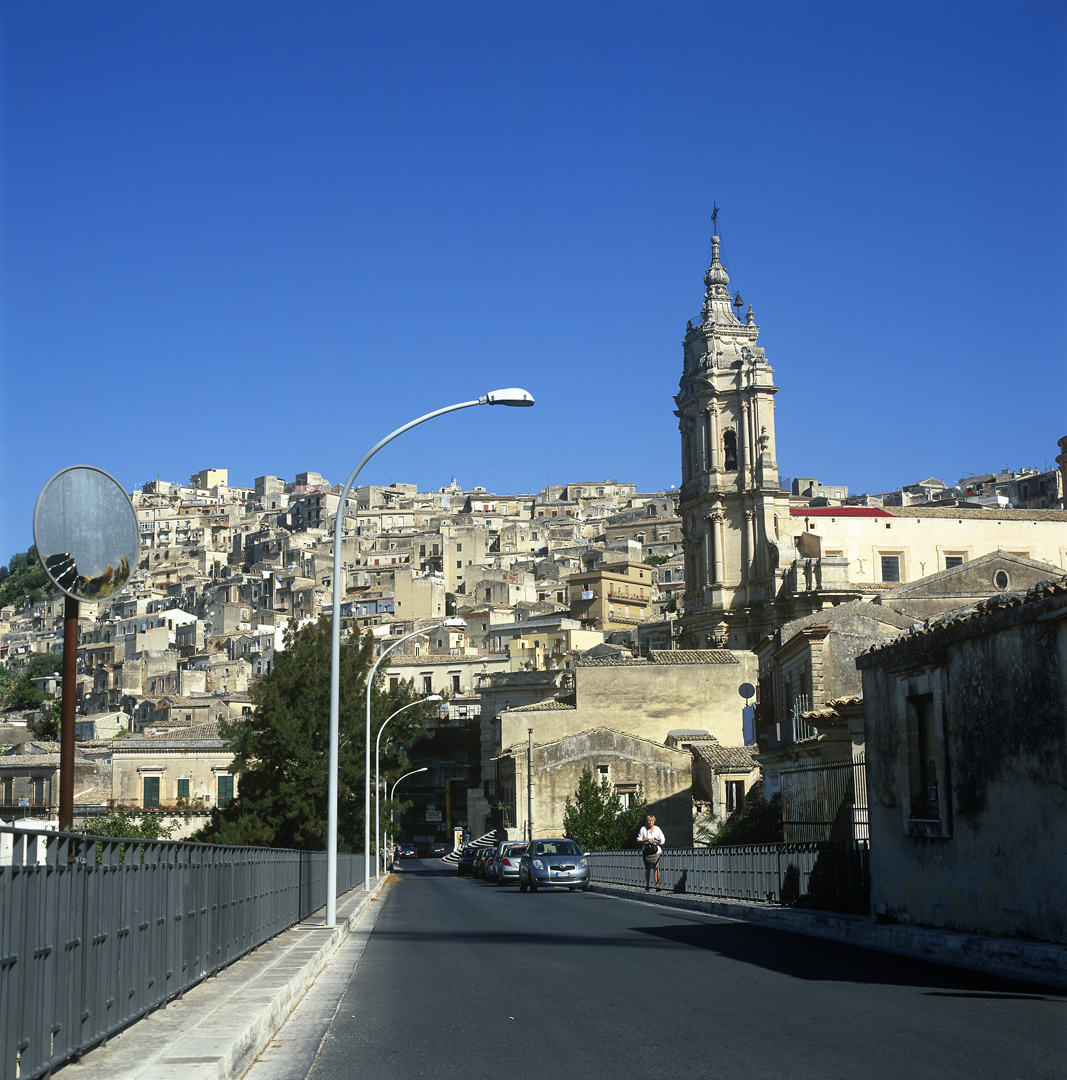
So off we went to “L’Antica Dolceria Bonaiuto” which claims to be the oldest chocolate maker in Sicily, where in a lovely old shop they put out samples to taste. And what is it like? Well, nothing like Cadbury’s. It’s grainier – not quite like chocolate fudge but with something of that consistency. It comes in various flavours, including very chocolatey and extremely chocolatey, but also things like cinnamon, chili, orange, cardamom and salty. I liked the vanilla.
They also sell Sicilian cakes and pastries, and we decided that this was the place to try the fabled Sicilian cannoli. These are a sort of large cylindrical sweet pastry casing which can be filled with various things. Lou asked for chocolate cream, I decided to be traditional and stick with sweet ricotta. In the Antica Dolceria Bonaiuto, they don’t have the pastries out in a display case going soggy. Instead, you place your order, the lady behind the counter repeats it back into the kitchen, and they fill the cannoli cases there and then, dunking the ends in crushed pistachios. They were truly amazing. I have tried cannoli many times since, elsewhere in Italy and indeed in Australia, but never have I had any like these. There is a scene in the TV series where Montalbano is waiting to see the coroner and notices a tray of fresh cannoli that has just been delivered. Eventually he is unable to resist, steals one and eats it. If they came from Modica then I can forgive him.
The one place you don’t see featured in the Montalbano TV series is a place a bit further west called Porto Empedocle, which is a bit tough because it was Camilleri’s home town, on which he based the fictional town of Vigata. So Porto Empedocle has rather missed out on the Montalbano tourism boom. In a somewhat passive-aggressive gesture at being overlooked, the comune of Porto Empedocle erected a statue to commemorate Montalbano. Their imagined Montalbano looks nothing like Luca Zingaretti, and the rest of Italy seems to have ignored it.
[1] On the 17th of June 2019, Camilleri, in his nineties, was admitted to hospital in Rome in a serious condition after a heart attack. Such is his popularity that it was headline news, with TV reporters doing live crosses from outside the hospital. He died a month later, on the 17th of July 2019.

One Reply to “Montalbano Country”